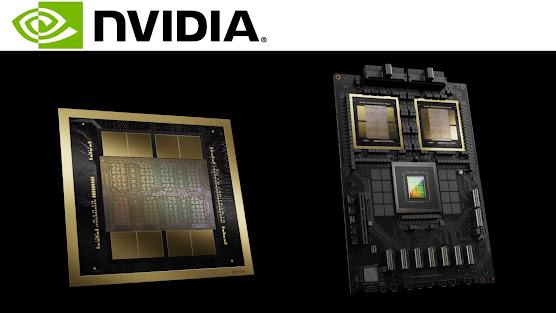Understanding Liquid Neural Networks: A Human-Centric Overview
Understanding Liquid Neural Networks: A Human-Centric Overview In the ever-evolving landscape of artificial intelligence, a new and intriguing development has been gaining traction: Liquid Neural Networks (LNNs). Unlike traditional neural networks, LNNs are designed to be more dynamic, adaptable, and efficient—making them well-suited for tasks that demand real-time responsiveness and adaptability. But what does that really mean for us, the everyday users and tech enthusiasts? What Are Liquid Neural Networks? To put it simply, Liquid Neural Networks are a type of neural network that changes its parameters during execution. Think of them like a brain that learns and adapts not just after training, but while it's actively working. This contrasts with traditional models that are fixed once trained. Inspired by the brain’s own plasticity, LNNs introduce a concept where the weights—the values that guide decision-making in a neural network—aren’t static. Instead, they change in ...




